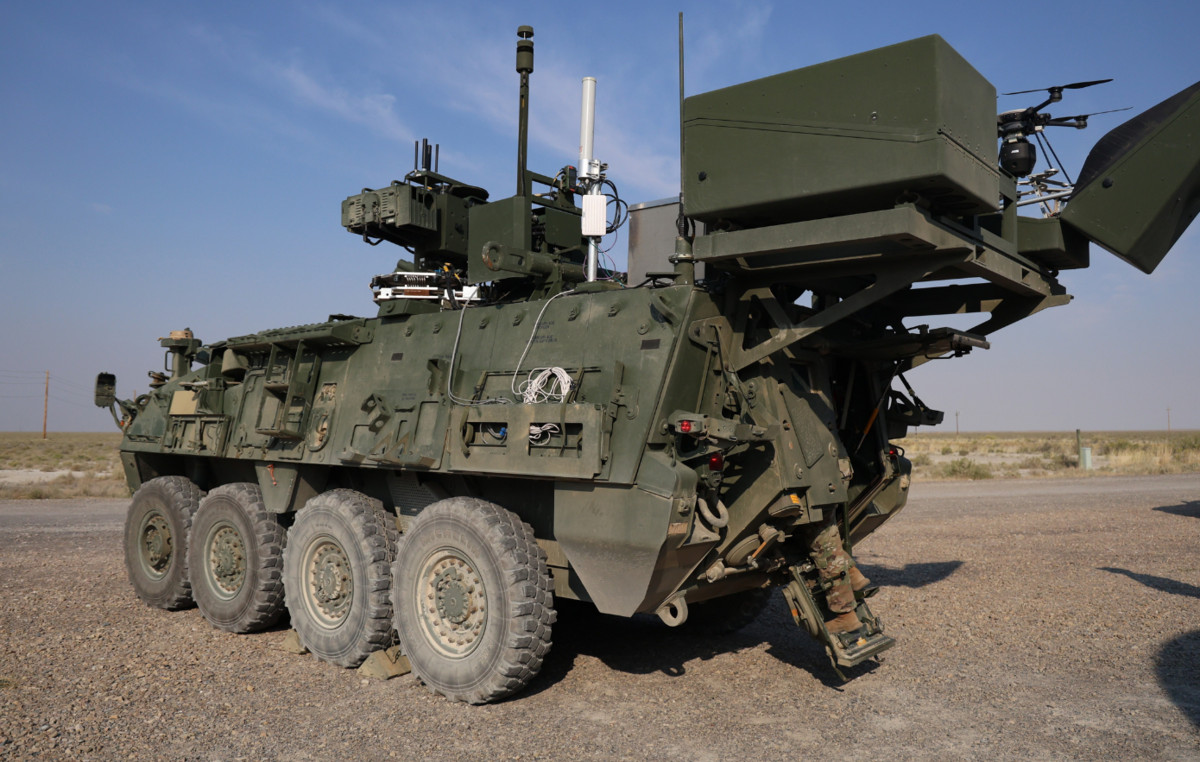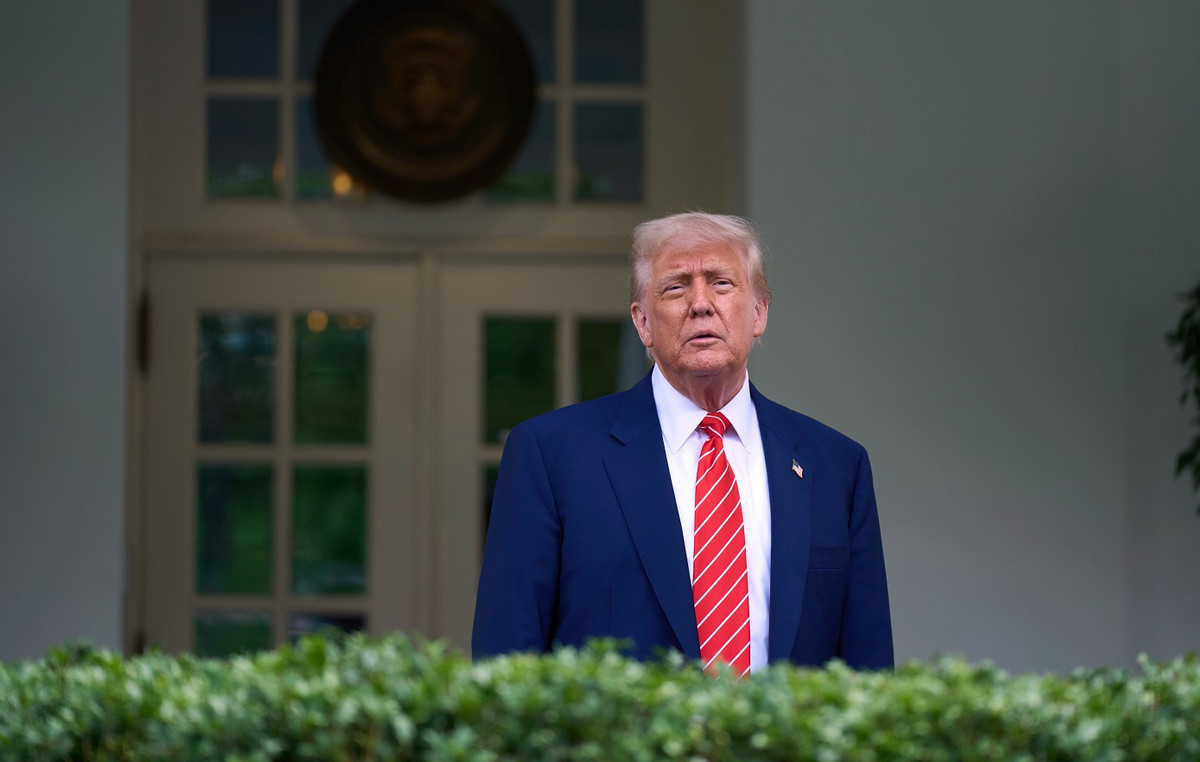- The EUR/GBP remains under pressure as markets anticipate more and more additional rates cuts from the ECB, potentially as soon as in June.
- The European Commission has initiated a public consultation by proposing possible countermeasures to the tariffs imposed by the US.
- The sterling pound is strengthened after the announcement of US President Donald Trump of a new commercial agreement between the US and the United Kingdom.
The EUR/GBP stops its four -day loss streak, quoting around 0.8490 during the first European hours on Friday. However, the torque potential can be limited since the euro (EUR) remains under pressure in the midst of increasing expectations of additional cuts of interest rates by the European Central Bank (ECB), possibly as soon as at the June meeting. While ECB officials remain optimistic about the sustainable return of inflation to the objective of 2% by the end of the year, concerns about the economic perspectives of the Eurozone persist.
As for commercial developments, the European Commission has launched a public consultation that describes possible countermeasures in response to US tariffs. The proposal points to up to 95,000 million euros in US imports. If commercial negotiations fail, just below the estimate of 100,000 million euros reported by Bloomberg on Tuesday.
The European Commission of Commerce, Maros Sefcovic, declared on Wednesday that the Commission will soon announce measures to counteract the economic impact of US tariffs. “Tomorrow we will announce the next preparatory steps, both in the area of possible re -quilibrium measures, as well as in important areas for future discussions,” he said. However, Sefcovic emphasized that the EU’s main approach remains a negotiated agreement with the US, although not at any cost.
The EUR/GBP pair could also face pressure as the pound sterling (GBP) gains support after the announcement of US President Donald Trump of a commercial agreement between the US and the United Kingdom. While the agreement maintains 10% tariffs on British products, it includes access to US public procurement and delays decisions about access to the United Kingdom market for agriculture and US beef of US, pointing at an initial modest scope.
Meanwhile, the Bank of England (BOE) cut its key interest rate at 25 basic points on Thursday, according to expectations. However, the Central Bank adopted a more aggressive tone, stating that the support of politics will gradually remove and that the rates will remain restrictive the time necessary to control the risks of inflation.
In a surprising movement, two policy managers voted to keep the rates unchanged, pointing out a cautious approach. As a result, investors have modestly reviewed their expectations, now valuing around 59 basic points of fees for the end of the year.
FAQS Central Banks
Central banks have a key mandate that consists in guaranteeing the stability of prices in a country or region. Economies constantly face inflation or deflation when the prices of certain goods and services fluctuate. A constant rise in the prices of the same goods means inflation, a constant decrease in the prices of the same goods means deflation. It is the Central Bank’s task to keep the demand online by adjusting its interest rate. For larger central banks, such as the US Federal Reserve (FED), the European Central Bank (ECB) or the Bank of England (BOE), the mandate is to maintain inflation about 2%.
A central bank has an important tool to raise or lower inflation: modify its reference interest rate. In precommunicated moments, the Central Bank will issue a statement with its reference interest rate and give additional reasons of why it maintains or modifies it (cut it or the SUBE). Local banks will adjust their savings and loan rates accordingly, which in turn will make it difficult or facilitate that citizens obtain profits from their savings or that companies ask for loans and invest in their businesses. When the Central Bank substantially rises interest rates, there is talk of monetary hardening. When it reduces its reference rate, it is called monetary relaxation.
A central bank is usually politically independent. The members of the Central Bank Policy Council go through a series of panels and hearings before being appointed for a position in the Policy Council. Each member of that council usually has a certain conviction on how the Central Bank should control inflation and the consequent monetary policy. Members who want a very flexible monetary policy, with low types and cheap loans, to substantially boost the economy, while comprising with inflation slightly greater than 2%, are called “pigeons.” Members who prefer higher types to reward savings and want to control inflation at all times are called “hawks” and will not rest until inflation is located at 2% or just below.
Normally, there is a president who directs each meeting, has to create a consensus between the hawks or the pigeons and has the last word when the votes must be divided to avoid a draw to 50 on whether the current policy must be adjusted. The president will pronounce speeches, which can often be followed live, in which he will communicate the current monetary position and perspectives. A central bank will try to boost its monetary policy without causing violent oscillations of the fees, the actions or their currency. All members of the Central Bank will channel their position towards the markets before a monetary policy meeting. A few days before a monetary policy meeting is held and until the new policy has been communicated, the members are prohibited from speaking publicly. It is what is called a period of silence.
Source: Fx Street
I am Joshua Winder, a senior-level journalist and editor at World Stock Market. I specialize in covering news related to the stock market and economic trends. With more than 8 years of experience in this field, I have become an expert in financial reporting.







